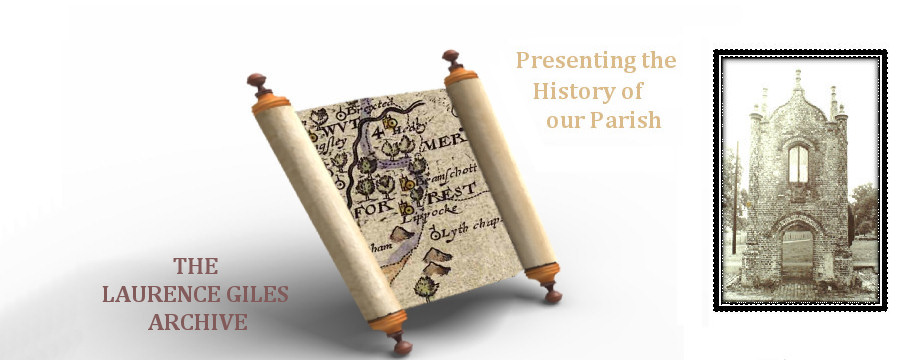The Suffragist/Suffragette Movement; A pocket history and Timeline
Tuesday, 6th February 2018 marked the Centenary of the day which began to shape the future of women.
It all began some 70 years before, in 1848 when the first seed was sown by a group of Abolitionist Activists led by Elizabeth Stanton and Lucretia Mott who organised and gathered in Seneca Falls, New York to discuss Women’s Rights. It was to be the beginning of a long, arduous, and often violent campaign to achieve equal rights for women both at home and in the workplace
In 1897 Millicent Fawcett founded the National Union of Women’s Sufferage (definition of Sufferage is ‘right to vote’) and was a mainly pacifist movement.
In 1903 The Suffragists became more active when Emmelene Pankhurst founded a new Organisation, the Women’s Social and Political Union, to deal with the issue of equality more forcefully.
Groups of women met secretly to organise local campaigns and activated many violent and often dangerous attempts to draw attention to the plight of women including hunger strikes whilst in prison. Force-feeding was one of the government’s methods used in an attempt to dissuade these women from campaigning
In June, 1913 in an act of desperation and frustration Emily Wilding Davison stepped into the path of the King’s horse on Derby Day at Epsom in Surrey to draw attention to the seriousness of their fight for recognition. This drew global attention to the fight for Women’s Rights.
More than 1300 British women were imprisoned for their beliefs.
October 26th 1913 Suffragettes committed Arson as a protest against force feeding of women in prison on hunger strike. Mill House, Bramshott, was owned by Mr. Theodore McKenna of Bramshott Court and Bryanston Square, London, who was a brother of the Home Secretary.
A quantity of London Newspapers saturated in Paraffin were found near the scene
In January, 1914, as reported in the local newspaper, rainfall was reported to have been heavy. However, in spite of this, the Women Suffragettes continued their campaign for the right to vote and ventured out into the downpours to march through Petersfield in the downpours to gain attention for their cause – Votes for Women.
No doubt there were representatives from Liphook amongst these determined ladies.
With the commencement of the First World War, the suffragette movement in Britain focused the efforts of their organizations on the war effort.
The number of employed women in Britain rose from 3.2 million in July 1914 to almost 5 million at the start of 1918
As a direct involvement of women in the workplace during World War 1 from 1914 to 1918 that the movement grew rapidly. Rallies were held across the country. The Colours of the movement were violet, white and green representing dignity, purity and hope
The name ‘Suffragettes’ was given to the Emily Pankhurst movement by the Daily Mail newspaper as the more radical and militant movement to be effective.
The suffragettes’ focus on war work turned public opinion in favour of their eventual partial enfranchisement in 1918.
I Great Britain, in 1918 the Representation of the People Act grant recognised the violent struggle for equality and granted a certain section of the female population the right to vote. The criteria was strict, and women had to be 30 years old or over; either to be a member of Local Government, or married to a member of Local Government; a Property Owner, or registered as being a graduate living in a university town.
The first women given the vote in 1918 represented 43% of the adult poplulation.
In 1925 the law recognised a mothers rights over her children. Prior to this law a mother had no legal rights to make any decisions over her children’s welfare.
In 1928 women were finally given full voting equality
THE STRUGGLE HAD LASTED OVER 80 YEARS FROM BEGINNING TO END.
SOME COUNTRIES ARE STILL STRUGGLING!
SUMMARY OF COUNTRIES AND THEIR WOMENS RIGHTS
1893 New Zealand
1902 Australia
1913 Norway
1917 Russia
1918 Austria, Germany, Poland
1920 All of U.S.A.
1932 Brazil
1934 Turkey
1944 France
1945 Italy
1949 China
1953 Mexico
1971 Switzerland
1974 Jordan
1976 Nigeria
2003 Qatar
2015 Saudi Arabia Women are promised voting rights

